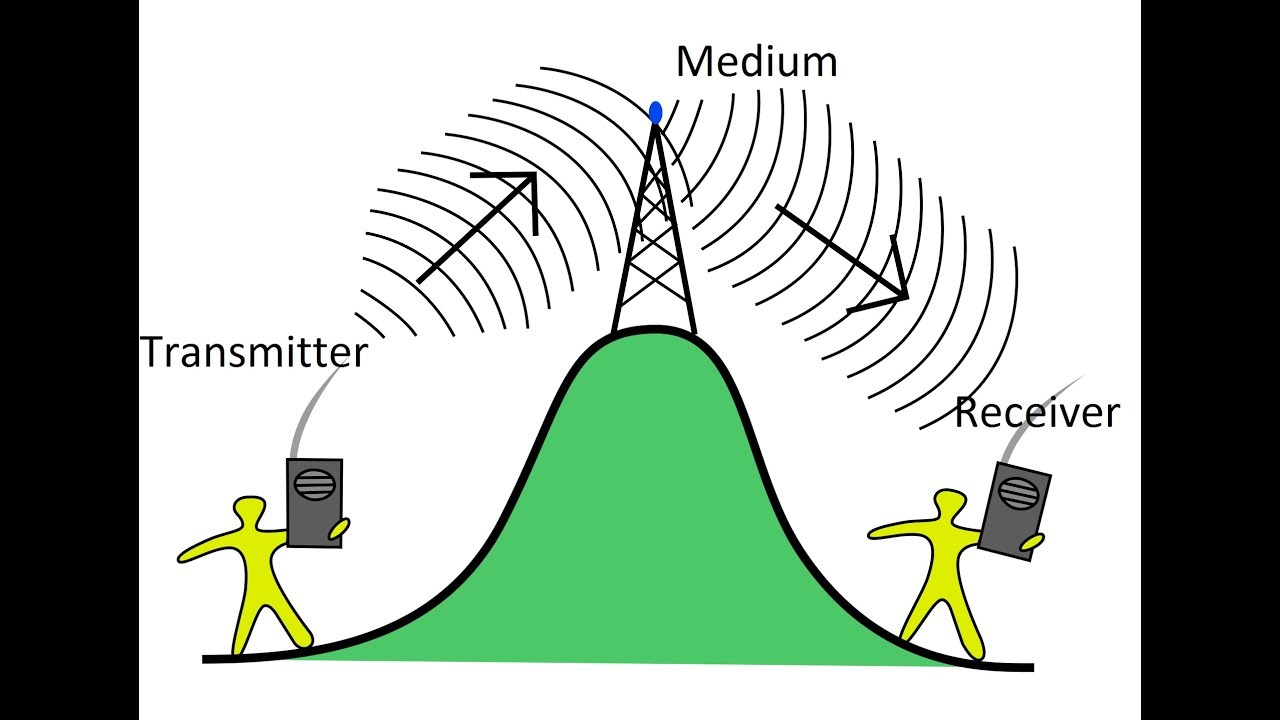What Is Communication?
Communication is the act of transferring information from one place, person or group to another. All types of communication involve one or more senders, the message and one or more recipients.
The process of communication can include emotions, a context, and medium of communication, locations and an objective. Communication is the exchange of information by speaking, writing or using some other medium.
Mediums of communication can take several forms. The most common mediums of personal communication are, of course, paper, phones or computers. Mass communication can be through television, radio, social media or newspapers and magazines.
In this article, we will focus on the basic elements of interpersonal communication.
The Elements Of Communication
The process of communication usually involves eight elements. Let us illustrate this with an example:
Ravi Kumar is the Sales Manager at an office equipment firm. He is communicating a change in commercial policies to his team.
- The Sender: It is the person who is sending the message to another person. In this example, Ravi Kumar is the sender.
- The Message: The message is the most crucial aspect of all communication. The content which a sender sends to a recipient is the message. In the example, the information related to a change in commercial policies is the message. However, it is important to be aware that a significant portion of our message can be conveyed via non–verbal communication, such as our body language, facial expressions, eye contact and gestures. For example, suppose Ravi Kumar is communicating the policy changes to his team in person. In that case, his style, manner and body language will form a part of his overall message.
- The Encryption: The process of converting the message into symbols, words or diagrams is called encryption. For example, if Ravi Kumar explains the changes in policies through diagrams, they become encrypted information.
- The Medium : It is the medium through which the sender passes the encrypted message to the receiver. If Ravikumar creates a power-point presentation of the diagrams and explains it in a meeting, the presentation is the medium. If he chooses to forward it through an email, then the email is the medium.
- The Receiver: A receiver is a person who is being addressed by the message. In the example, Ravi Kumar’s teammates are the receivers.
- The Decoding: It is the process by which the receivers translate the encrypted message into an understandable form. It is essentially the stage where a receiver listens to or reads the contents of the message.
- The Response: It is usually an acknowledgment or a response to the sender’s message It marks the completion of a particular communication. If the receiver seeks to further the communication process, the roles are reversed and the cycle continues.
- Noise: Among the barriers to effective communication, noise refers to a hindrance in the process of communication. It can be an inattentive receiver, improper decoding of the message or a misinterpretation. A lack of clarity in how the sender encrypts the message may also be a reason for the noise.
Significance Of The Elements Of Communication
In an organization, effective communication is as vital as the free flow of blood in our bodies. The healthy implementation of all managerial initiatives depends on effective and uninterrupted communication.
Here are some advantages of effective communication:
- Helps coordinate the activities of multiple departments
- Helps achieve organizational goals
- Ensures smooth functioning of the organization because all activities can come to a standstill if communication ceases.
In the absence of communication an organization cannot make any meaningful decisions.
So, effective communication can enhance managerial efficiency by motivating and inspiring teams. Moreover, it helps in establishing transparency and encourages others to participate in decision-making.






